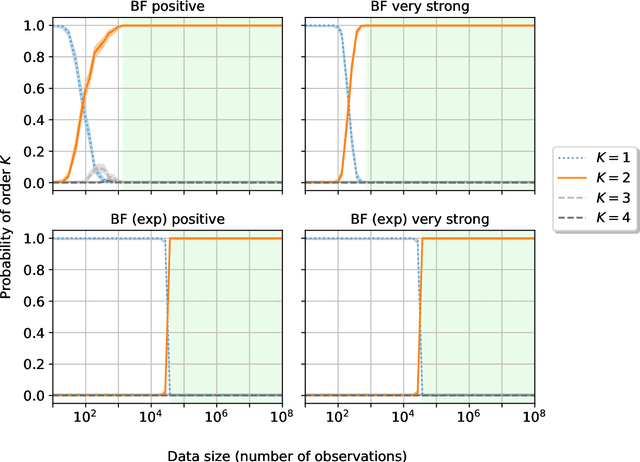Learning the Markov order of paths in a network
Paper and Code
Jul 06, 2020



We study the problem of learning the Markov order in categorical sequences that represent paths in a network, i.e. sequences of variable lengths where transitions between states are constrained to a known graph. Such data pose challenges for standard Markov order detection methods and demand modelling techniques that explicitly account for the graph constraint. Adopting a multi-order modelling framework for paths, we develop a Bayesian learning technique that (i) more reliably detects the correct Markov order compared to a competing method based on the likelihood ratio test, (ii) requires considerably less data compared to methods using AIC or BIC, and (iii) is robust against partial knowledge of the underlying constraints. We further show that a recently published method that uses a likelihood ratio test has a tendency to overfit the true Markov order of paths, which is not the case for our Bayesian technique. Our method is important for data scientists analyzing patterns in categorical sequence data that are subject to (partially) known constraints, e.g. sequences with forbidden words, mobility trajectories and click stream data, or sequence data in bioinformatics. Addressing the key challenge of model selection, our work is further relevant for the growing body of research that emphasizes the need for higher-order models in network analysis.
 Add to Chrome
Add to Chrome Add to Firefox
Add to Firefox Add to Edge
Add to Edge